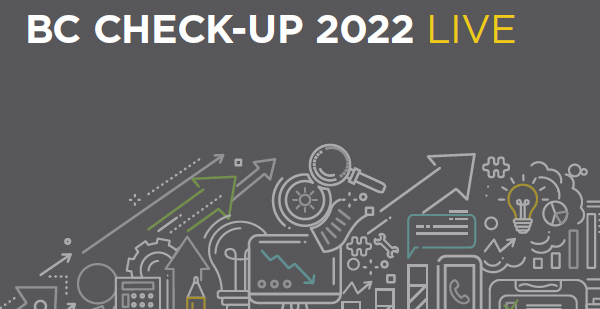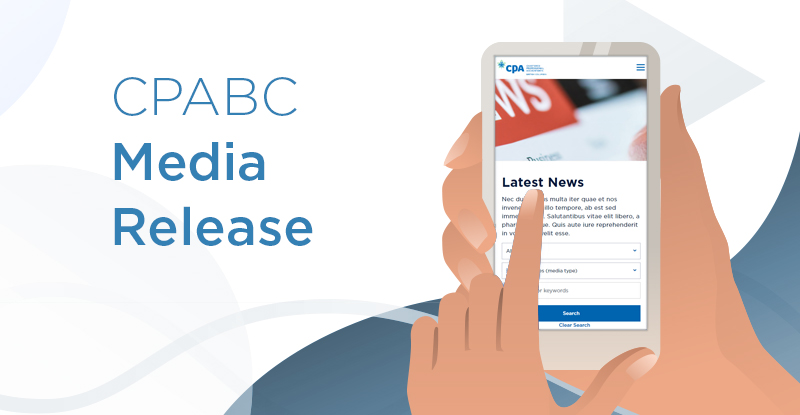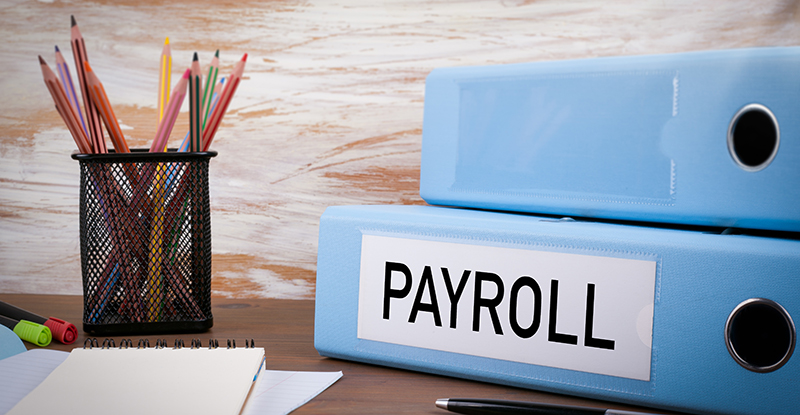
Media Release
VANCOUVER, June 20, 2022 – According to BC Check-Up: Live, an annual report by the Chartered Professional Accountants of British Columbia (CPABC) on demographic and affordability trends across the province, B.C.’s population growth continued to decline into 2021.
“The migration disruption from the COVID-19 pandemic continued into the first half of 2021,” said Lori Mathison, FCPA, FCGA, LLB, president and CEO of CPABC. “The population gain in 2021 was nearly 30,000 less than in 2019, and the lowest in a decade.”
From July 1 2020 to July 1 2021, BC added just over 56,000 residents, well below the annual average of over 68,400 from 2010 to 2019. This was a result of a slowdown in international immigration, while a growing number of residents arrived from other provinces.
For the first time in the past decade, BC’s net interprovincial migration (+34,277 new residents) was a larger contributor to population growth than international (+21,607). However, there was an uptick in the population growth rate in the latter half of 2021.
“As immigration channels normalized, it was encouraging to see population growth pick up in the latter half of 2021,” noted Mathison. “New residents are critical to help offset our aging population and record labour shortages. About one in every five British Columbians was over 65 in 2021, compared to nearly one in seven in 2011.”
The average age for the province was 42.8 in 2021, compared to 40.8 in 2011. Over the past decade, the proportion of British Columbians aged 65+ expanded the most of any group, up to 19.7 per cent of the population in 2021 compared to 15.3 per cent in 2011.
“A major deterrent for many would-be immigrants or those looking to start a family is that income growth has been far slower than housing price growth over the past decade, with the gap only expected to widen as residential real estate prices rapidly escalated in 2021 and into 2022,” continued Mathison. “And while housing construction has been robust, we still need more supply, particularly of mid-sized units.”
In May 2022, the average B.C. house sold for $980,324, up 8.6 per cent compared to May 2021 and 38.0 per cent from May 2020. The Lower Mainland has the highest prices, with the average price of a single-family home hitting $1.88 million in May 2022 compared to $1.26 million in May 2020.
In 2021, 39,163 housing units were completed, about 0.7 per new resident. This was well above the 0.4 units per new resident in 2019 and 0.3 at the low point in 2016. Nearly four-fifths of completes in 2021 were attached units, such as condos and apartments, up from 65% in 2016. Over the past decade, BC’s population grew by 749,259 compared to 330,537 housing completes.
“While the housing supply to population gap closed in 2021, as population growth returns to pre-pandemic levels the gap will widen again. Over the past decade, supply has lagged population considerably, and units have been getting smaller despite demand being strongest for units with more space,” concluded Mathison. “To improve affordability, we need to create policies that significantly boost housing supply, and focus on ways to boost our province’s productivity and residents’ income.”
Learn more about the BC Check-Up: Live report.
For more information:
Aaron Aerts, Economist
604.442.9161
news@bccpa.ca
About CPA British Columbia
The Chartered Professional Accountants of British Columbia (CPABC) is the training, governing, and regulatory body for over 38,000 CPA members and 6,000 CPA students. CPABC carries out its primary mission to protect the public by enforcing the highest professional and ethical standards and contributing to the advancement of public policy. CPAs are recognized internationally for bringing superior financial expertise, strategic thinking, business insight, and leadership to organizations.



